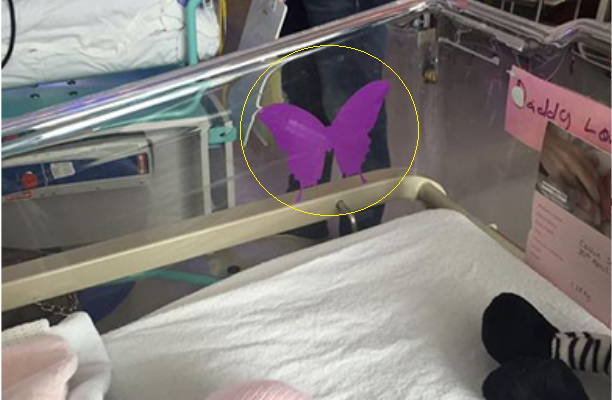Smith and Cann’s journey began in 2015 when they welcomed their first child. Expecting twins this time around, Smith had a foreboding feeling that her pregnancy was different. During a routine scan, the couple received devastating news: one of their unborn babies had a fatal condition known as anencephaly, a rare birth defect where the baby is born without parts of the brain and skull. Despite the grim prognosis, Smith and Cann pressed on, giving their daughters the names Skye and Callie. Skye, named for the eternal sky, was cherished during her brief time with her family.
When labor arrived prematurely, Smith underwent an emergency C-section, and Skye and Callie entered the world. Skye’s short life was spent in the embrace of her loving parents before she peacefully passed away. In the NICU, Smith observed the lack of awareness among other families about Skye’s passing, leading to inadvertent comments like being “lucky” to have only one baby. Determined to prevent such misunderstandings, Smith devised the purple butterfly sticker, indicating the loss of one or more babies in a set of multiples. The initiative, managed by the Skye High Foundation, has since been adopted by hospitals worldwide. Now, Callie, aged 7, radiates joy, and her sister’s memory lives on through the purple butterfly program, offering solace to families who have experienced similar losses. Through the sale of purple butterfly merchandise and the establishment of support groups, Smith hopes to ease the burden of those navigating the grief of losing a child. The purple butterfly serves as a poignant reminder of resilience, compassion, and the enduring love of parents like Millie Smith. Spread awareness of this initiative by sharing this story with others. Together, we can support families in their time of need.
